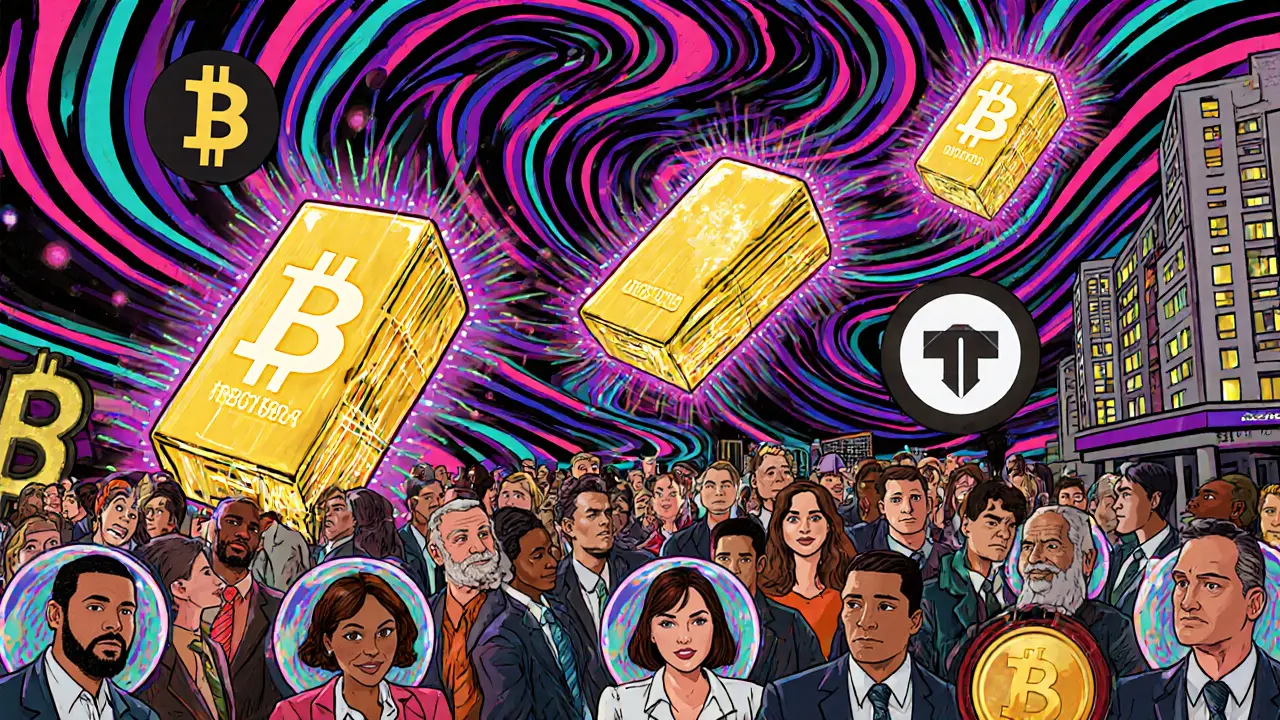RWA Market Size: What’s Really Being Tokenized and Who’s Buying
When we talk about real-world asset tokenization, the process of turning physical assets like real estate, bonds, or invoices into digital tokens on a blockchain. It’s not just hype—it’s happening right now, with billions locked in tokenized property and government debt. This isn’t about replacing banks. It’s about making old systems faster, cheaper, and open to more people. And the numbers show it: the RWA market size, the total value of physical assets converted into blockchain-based tokens hit over $200 billion in 2024, and that’s just the start.
What’s driving this? Big players. Banks, hedge funds, and even sovereign wealth funds are moving in because tokenization cuts settlement times from days to minutes and opens up access to assets that used to be locked behind high minimums. A $10 million office building? Now you can buy a 0.1% slice with a few clicks. Countries like Switzerland and Singapore are building legal frameworks to support it. The EU’s MiCA regulation, the comprehensive crypto rulebook coming into full force in 2025 even includes specific rules for tokenized assets, giving them legal clarity for the first time. Meanwhile, places like Qatar are banning Bitcoin but quietly allowing tokenized real estate—because they see the value in control, not chaos.
But here’s the thing: most of the action isn’t on public blockchains. It’s happening on private or permissioned ledgers, run by institutions that don’t want to deal with public volatility or unregulated tokens. That’s why you won’t see a lot of RWA projects on CoinMarketCap. The real money is in tokenized commercial paper, infrastructure bonds, and even carbon credits—assets that move trillions in traditional finance. And yes, some of these are being linked to crypto wallets, even if users don’t realize it.
So when you hear "RWA market size," don’t think of memecoins or airdrops. Think of a quiet revolution: buildings, loans, and commodities becoming programmable, divisible, and tradable 24/7. The posts below dig into exactly that—how tokenization is reshaping regulation in the EU, what’s banned in Qatar, how compliance works under MiCA, and why some "crypto" projects are just rebranded asset managers. You won’t find hype here. Just the facts on what’s real, what’s growing, and who’s actually making money off the RWA wave.
RWA Tokenization Market Size: $34.86 Billion and Growing Fast in 2025
The RWA tokenization market reached $34.86 billion in October 2025, driven by institutional adoption of tokenized Treasuries, private credit, and gold. Real-world assets are being transformed into digital tokens, unlocking liquidity and fractional ownership for investors worldwide.
